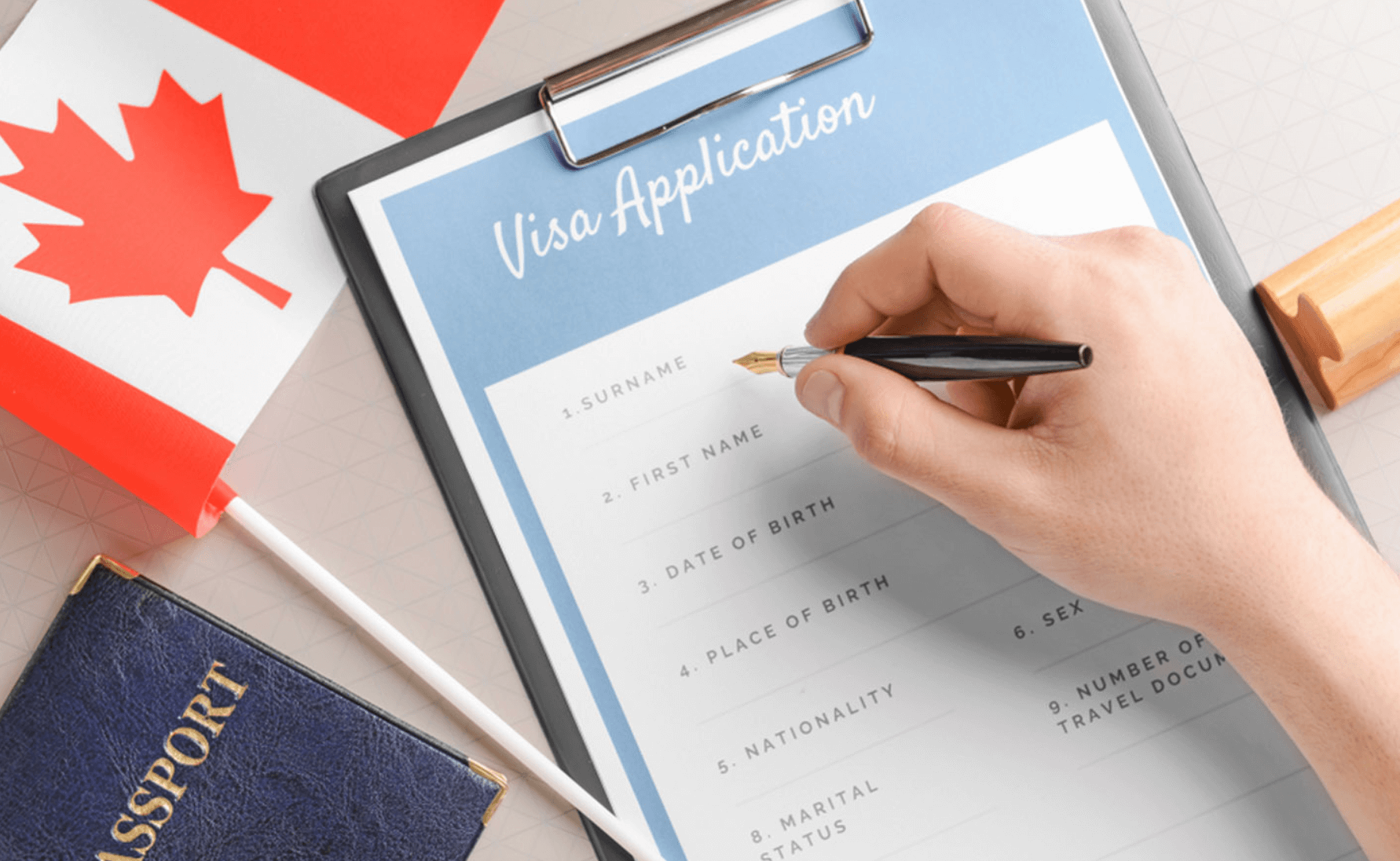Are you looking to explore new career opportunities, work in a diverse environment, and earn a competitive salary? If so, Canada is the perfect destination for you. With a rapidly growing economy and a welcoming approach to skilled workers, Canada offers an excellent quality of life and a range of job opportunities for individuals seeking to work and live in the country.
But how can you obtain a work permit in Canada? In this comprehensive guide, we will provide you with all the information you need to unlock new career opportunities with a work permit in Canada.
What is a Work Permit?
A work permit is an official document that allows you to work legally in Canada. In general, individuals who are not Canadian citizens or permanent residents require a work permit to work in the country.
There are two types of work permits available in Canada: employer-specific work permits and open work permits. Employer-specific work permits are issued for a specific job with a specific employer, while open work permits allow individuals to work for any employer in Canada.
How to Obtain a Work Permit in Canada?
To obtain a work permit in Canada, you need to follow a specific process. The process can vary depending on your country of citizenship and the type of work you want to do in Canada.
Step 1: Determine if You Need a Work Permit
The first step in obtaining a work permit in Canada is to determine if you need one. In general, individuals who are not Canadian citizens or permanent residents require a work permit to work in the country.
Step 2: Find a Job in Canada
To apply for a work permit, you need to have a job offer from a Canadian employer. There are several ways to find a job in Canada, including using job search websites, contacting Canadian employers directly, and attending job fairs.
Step 3: Obtain a Labour Market Impact Assessment (LMIA)
In some cases, Canadian employers need to obtain a Labour Market Impact Assessment (LMIA) before they can hire foreign workers. An LMIA is a document that assesses the impact of hiring a foreign worker on the Canadian labour market.
Step 4: Apply for a Work Permit
Once you have a job offer and, if necessary, an LMIA, you can apply for a work permit. You can apply online or on paper, depending on your country of citizenship and the type of work you will be doing in Canada.
Step 5: Wait for the Work Permit to be Issued
After you have submitted your application, you will need to wait for your work permit to be issued. The processing time can vary depending on several factors, including your country of citizenship, the type of work you will be doing in Canada, and the time of year.
Benefits of Working in Canada
Working in Canada has many benefits, including:
- Competitive Salaries: Canada offers competitive salaries for skilled workers, which can help you achieve financial stability.
- High Quality of Life: Canada is known for its high quality of life, with access to excellent healthcare, education, and public services.
- Multicultural Society: Canada is a multicultural society, with a diverse population and a welcoming approach to different cultures.
- Work-Life Balance: Canada values work-life balance, with many employers offering flexible working hours and paid vacation time.
- Path to Permanent Residency: Working in Canada can be a pathway to permanent residency and Canadian citizenship, which can offer numerous benefits and opportunities.
FAQs
- Can I apply for a work permit in Canada without a job offer? No, you cannot apply for a work permit in Canada without a job offer. You need a job offer from a Canadian employer to apply for a work permit.
-
How long does it take to process a work permit application in Canada? The processing time for a work permit application in Canada can vary depending on several factors, including your country of citizenship, the type of work you will be doing in Canada, and the time of year. In general, the processing time for a work permit application can range from a few weeks to several months.
-
Can I work in Canada on a visitor visa? No, you cannot work in Canada on a visitor visa. A visitor visa is only for temporary visits to Canada and does not allow you to work in the country.
-
Can I apply for permanent residency while working in Canada on a work permit? Yes, you can apply for permanent residency while working in Canada on a work permit. In fact, working in Canada can be a pathway to permanent residency and Canadian citizenship.
-
Do I need a Labour Market Impact Assessment (LMIA) to apply for a work permit in Canada? In some cases, Canadian employers need to obtain a Labour Market Impact Assessment (LMIA) before they can hire foreign workers. However, not all jobs require an LMIA. The need for an LMIA will depend on the type of work you will be doing in Canada and the specific requirements of your employer.
Conclusion
Obtaining a work permit in Canada can open up new career opportunities and offer a range of benefits, including competitive salaries, a high quality of life, and a pathway to permanent residency and Canadian citizenship. To obtain a work permit in Canada, you need to follow a specific process that can vary depending on your country of citizenship and the type of work you want to do in Canada. By understanding the process and the benefits of working in Canada, you can take the first step toward unlocking new career opportunities in this beautiful country.
